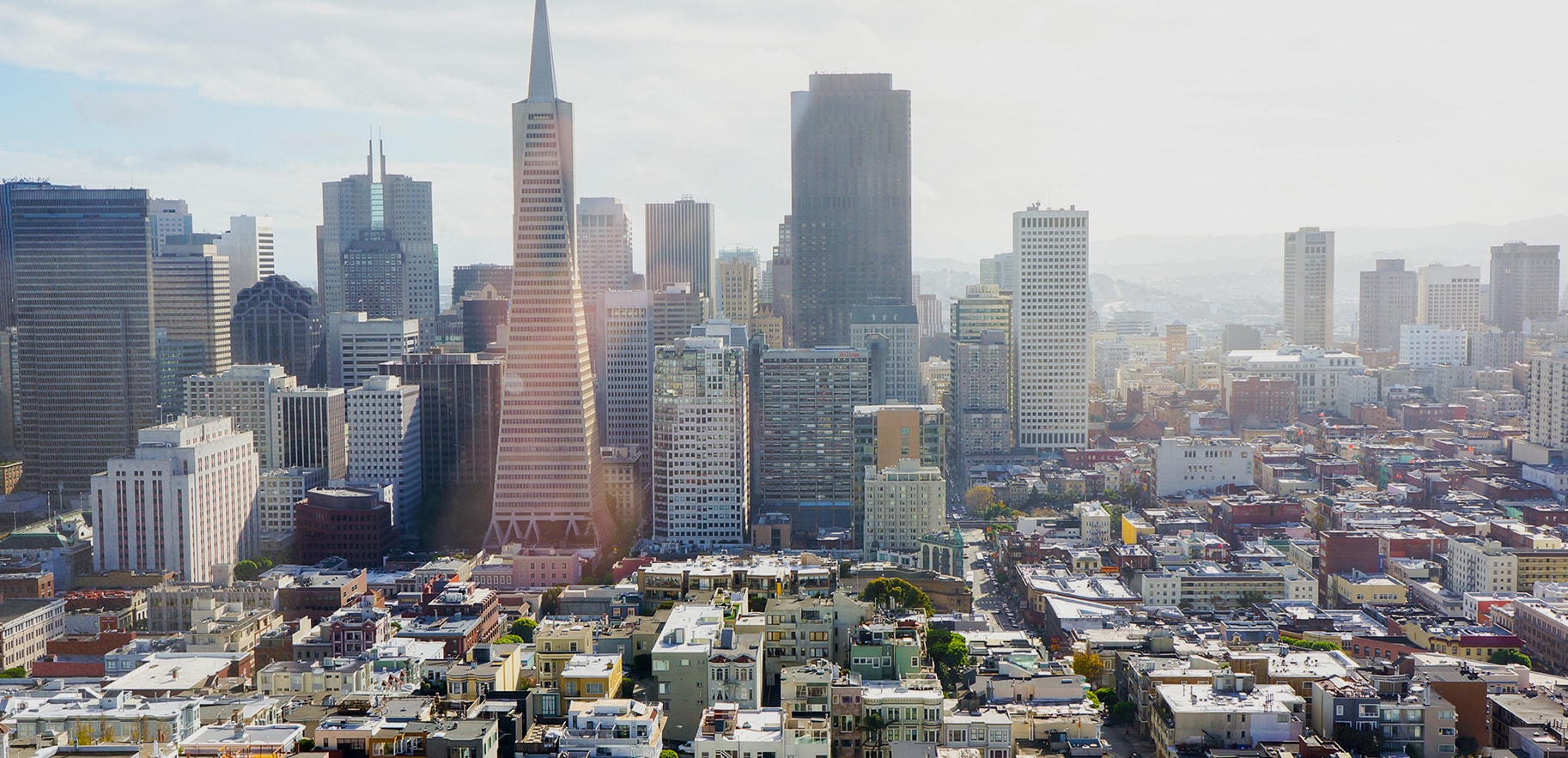Facial Plastic Surgeon / Procedures / Nose / Revision Rhinoplasty
Based on American Society of Plastic Surgeons (ASPS) statistics, rhinoplasty (nose reshaping) is the third most popular cosmetic surgery in the U.S., with 223,000 procedures performed in a recent year. Unfortunately, it is also one of the most difficult surgeries to perform. The American Journal of Cosmetic Surgery reports that revision rhinoplasty procedures in the U.S. are steadily rising.
Dr. Dino Elyassnia performs revision rhinoplasty in San Francisco to correct problems with primary rhinoplasty surgery. Dr. Elyassnia is a board-certified plastic surgeon with extensive training in both plastic and reconstructive surgery, with a practice focused on cosmetic procedures of the face. He is dedicated to surgical excellence and maintains the highest standards of integrity.
Revision rhinoplasty is a surgical procedure to repair form and function of the nose after previous nose surgery. The need for this secondary surgery is great because rhinoplasty is one of the most difficult plastic surgeries to perform. After initial (primary) rhinoplasty surgery, patients may be unhappy with the appearance of the nose or have difficulty breathing, or both.
As a secondary surgery to correct primary rhinoplasty, revision rhinoplasty tends to be an even more complicated procedure. For patients who need revision rhinoplasty to correct problems with previous nose surgery, it is essential to find a plastic surgeon with the right qualifications, experience, and knowledge to correct all the problems in function and appearance produced by the earlier surgery.

The need for revision rhinoplasty is generally due to excessive removal of bone, cartilage, and lining of the nose. Dr. Dino Elyassnia performs revision rhinoplasty in San Francisco to correct a range of functional and cosmetic issues, including:
When the area of the bridge above the nasal tip is too high, it can create an appearance similar to a parrot’s beak. This deformity can occur when:
This problem can arise when a surgeon attempting to correct a bump on the nose fails to smooth out all the bone and cartilage. A “scooped out” profile can occur when the surgeon has removed too much bone.
This deformity is known as the “Inverted V” or the “Middle Vault.” It occurs when the center of the nose collapses after the surgeon removes a bump but fails to provide adequate support for the central part of the nose structure.
A deviated nose is one with a twist in the upper or middle portion or in the tip. This problem is difficult to correct with rhinoplasty and may persist after surgery. It can also be a problem created during surgery, when the surgeon’s efforts to remove a bump or correct other problems causes the nasal bones to shift.
When the area of the bridge above the nasal tip is too high, it can create an appearance similar to a parrot’s beak. This deformity can occur when:
When the area of the bridge above the nasal tip is too high, it can create an appearance similar to a parrot’s beak. This deformity can occur when:
The surgical techniques used in revision rhinoplasty will depend on the nature and extent of the problems being corrected. It can range from a simple procedure performed to remove excess bone or cartilage in the bridge to a complicated, delicate operation in which the nose is completely restructured.
Revision rhinoplasty performed on a patient who has had too much tissue removed is the most difficult type of nose surgery. Such a procedure typically requires the use of tissue grafts harvested from the ear, the rib, or the temple region to restore the structures of the nose.
Incisions for revision rhinoplasty may be confined to the inside of the nose (closed rhinoplasty), or an additional incision may be made across the columella (open rhinoplasty). In some cases, open rhinoplasty is the preferred technique because it allows for better access, direct visibility, and overall superior results.
There tends to be less post-surgical bruising and swelling with revision rhinoplasty than with the primary rhinoplasty. Pain and discomfort can be controlled with prescription medication. Most patients are able to return to work in approximately one week, although strenuous activities should be avoided for two to three weeks after surgery.
You will have a nose splint and sutures, which will be removed within approximately six or seven days after the procedure. Although it can take up to a year for swelling to subside completely, bruising will have faded in approximately ten days.
If you have structural or cosmetic complications from previous nose surgery, revision rhinoplasty may be appropriate for you. Schedule a consultation with Dr. Dino Elyassnia to find about what can be done to repair a botched nose job with cosmetic or function problems with arguably the best revision rhinoplasty San Francisco has to offer.